Java
The island of Java is Indonesian everything. Jawa is the beginning of all beginnings. Java is the historical, cultural, religious, political, financial, yes whatever you want, the center of the country, the crossroads of all its transportation and trade routes.

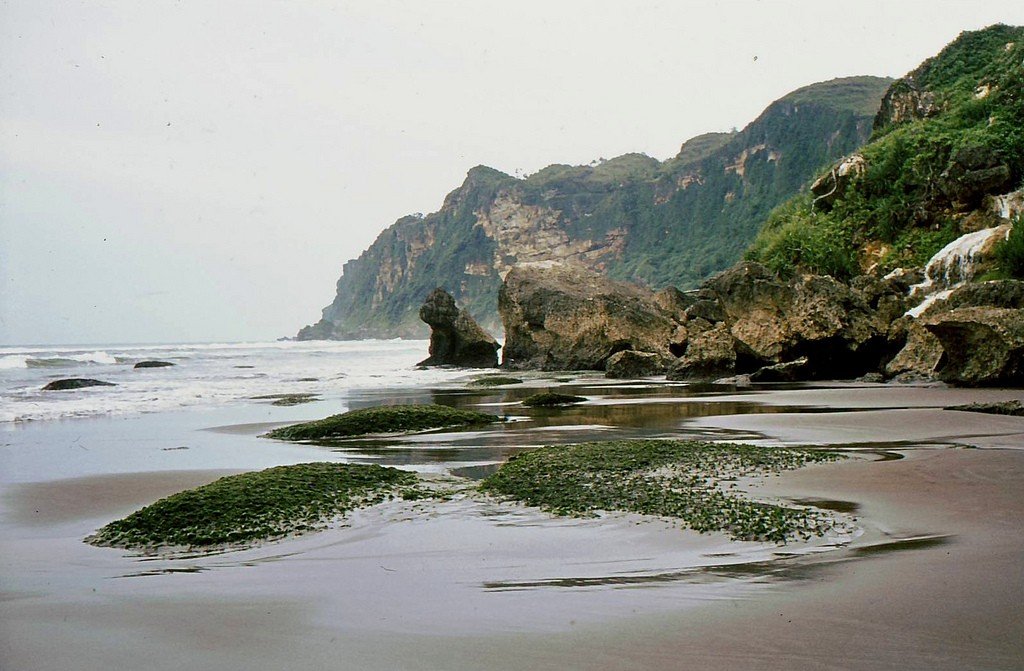


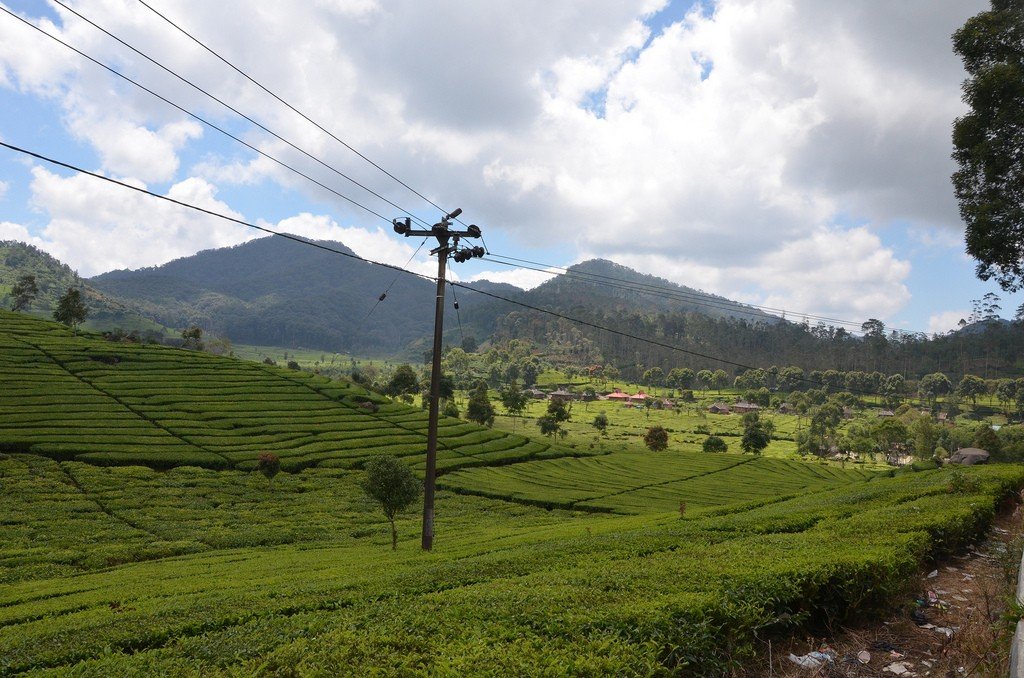
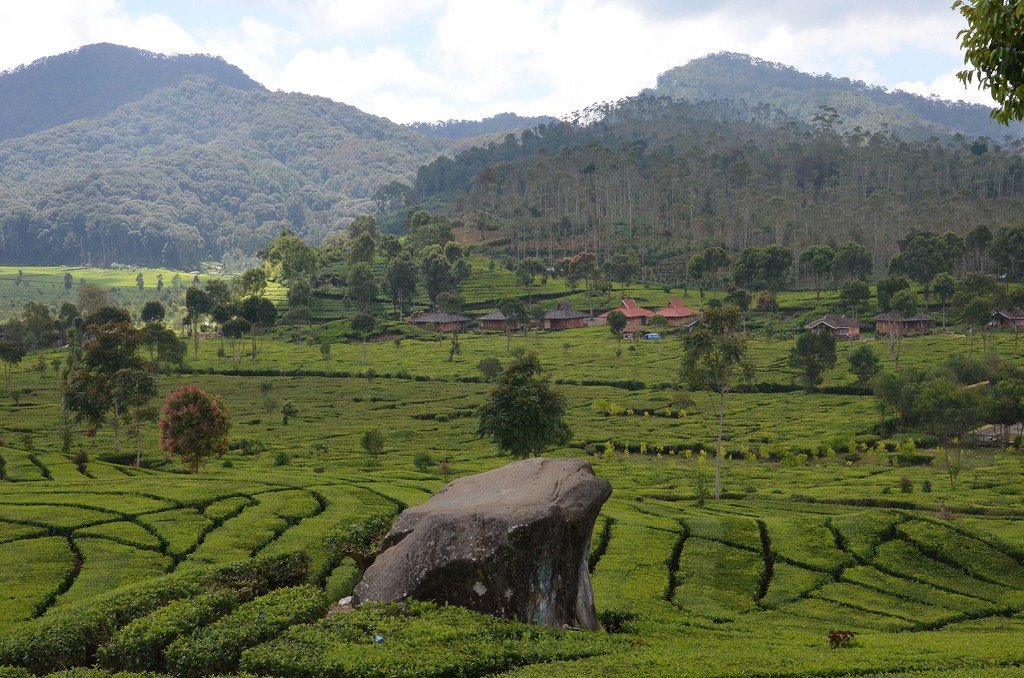
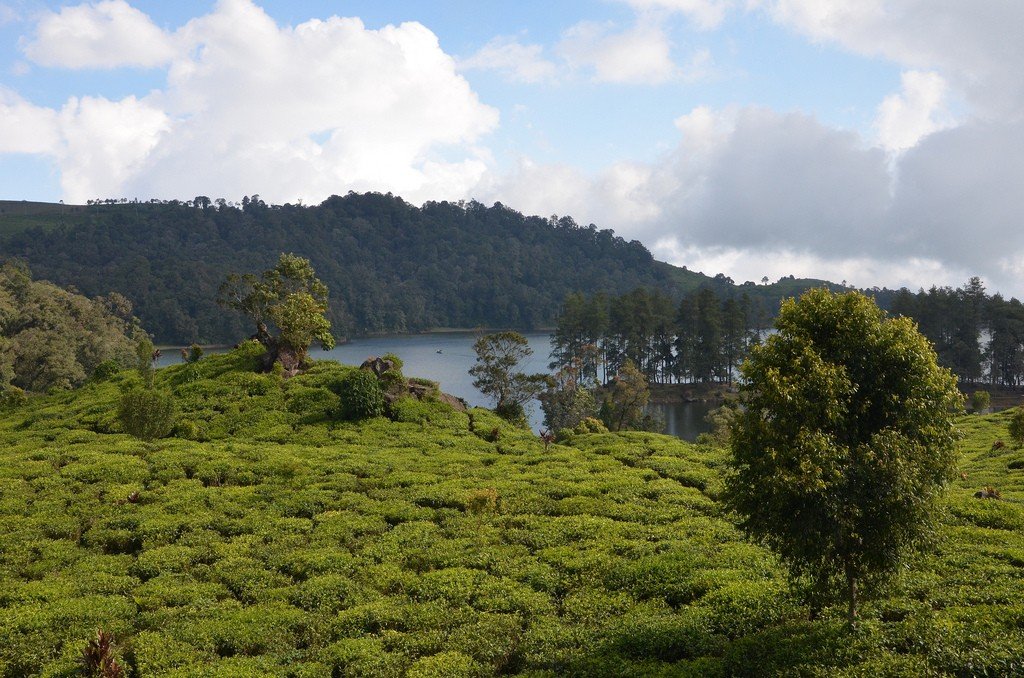
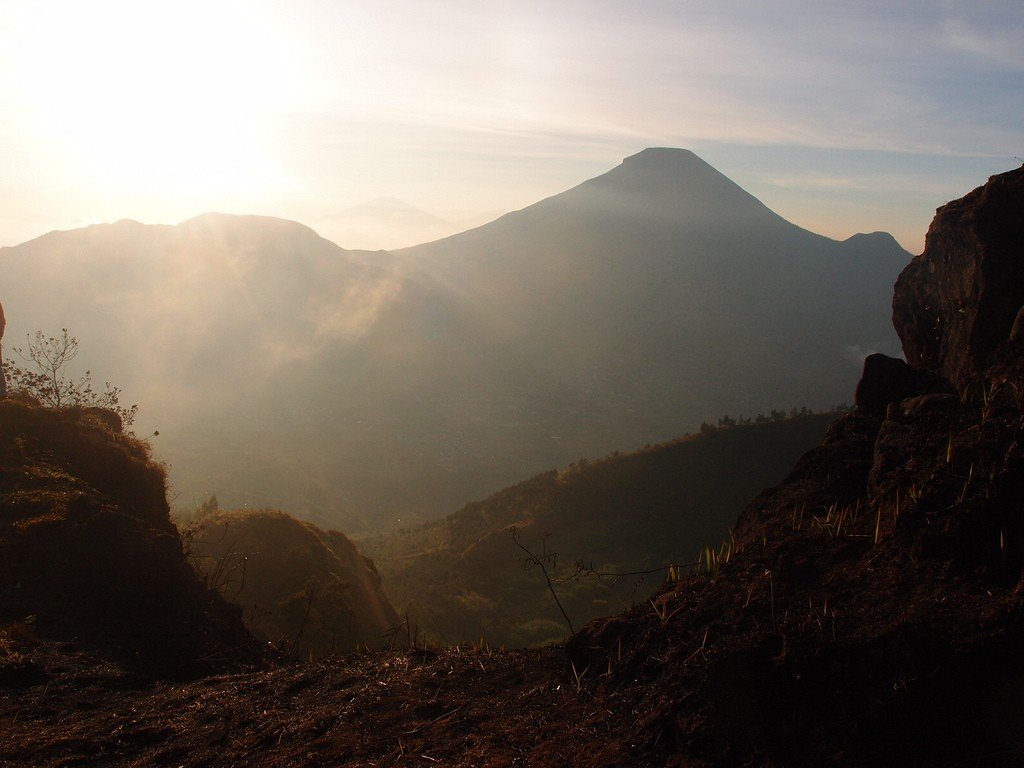
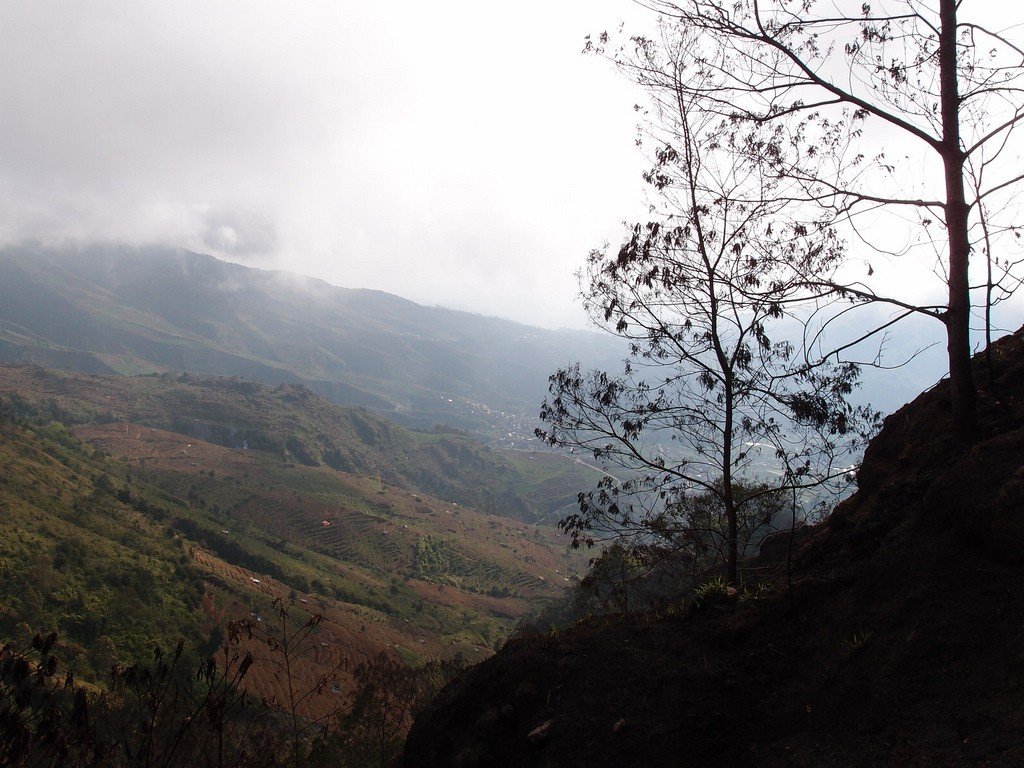
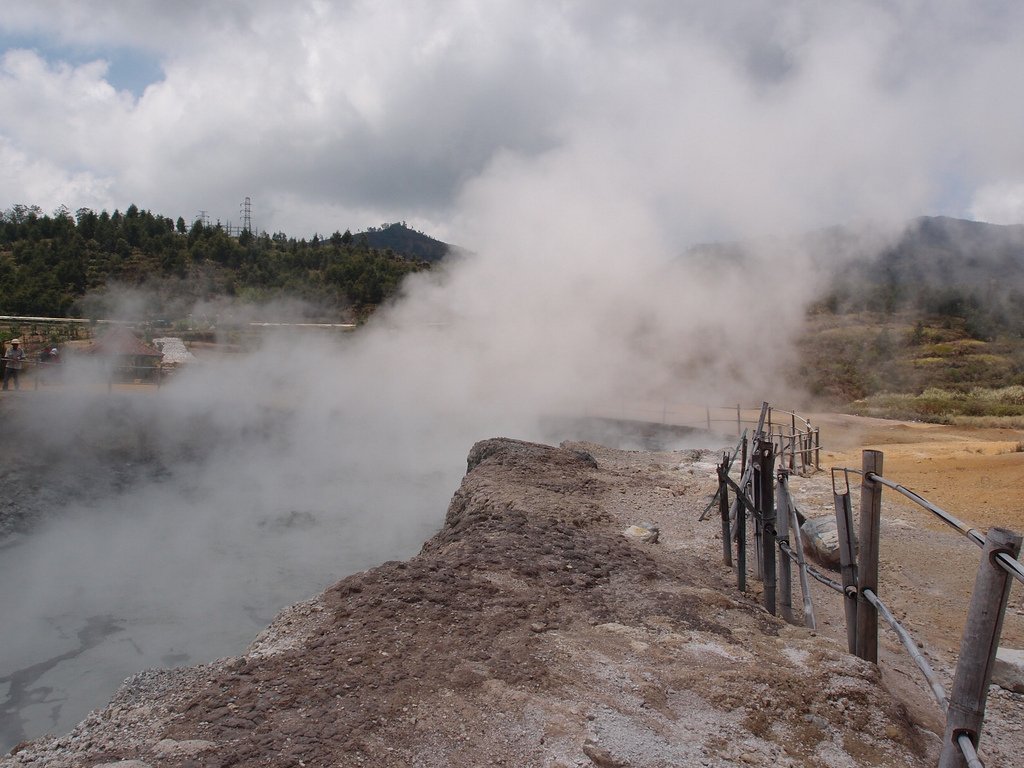
Video: Java Island
General Information
The island, just over 2,000 km long, was given such a role due to its favorable location in the center of the archipelago, as well as favorable conditions for rice cultivation, which for Southeast Asia means the victory of life over death. Almost the entire history of Indonesia is the story of the struggle for Java and its fertile lands, first between local kingdoms, then with European colonizers. You can read more about these vicissitudes in the general history section.
.The ethnic composition on the island is fairly homogeneous. Javanese Muslims, who consider themselves the intellectual elite, are evenly dispersed throughout. Madhurians adhere to an even stricter Islam and are concentrated mainly in the northeast of the island. Only in the eastern part on the Bromo-Semeru highlands remains a Hindu enclave of Tenggers, descendants of the Majapahit empire. Arabs, Hindus and other trading people have settled in the port cities, but their influence is insignificant. Much more powerful is a small Chinese diaspora, representatives of which can be seen in the largest jewelry stores in the country.
“Java is overpopulated, Java is overindustrialized and ridden with tourists, there is nothing to do there,” – one often hears from the mouths of “experienced”. Indeed, the population density here is one of the highest in the world, the industry is developing rapidly, and foreign visitors are by no means a wonder. But those incredibly beautiful natural landscapes, unique ancient temples and original culture, which are so rich in Java, make it almost the most fertile place for an interesting trip in the country. Much more interesting than the boring and touristy Bali. In favor of Java speaks and developed transport infrastructure, with the help of which you can easily get to its most remote corners. As befits a capital city, everything begins and ends in Jakarta.
.How to get there
By Air
Five international airports connect Java to the outside world, but only one, Soekarno-Hatta International Airport (Soekarno-Hatta) in Jakarta, is designed to accommodate large airliners from other continents. It handles the vast majority of international flights and is used as a transit point to continue traveling around the country. The airports in Jogja, Bandung and Surakarta (Solo) are connected only with the capital of Malaysia, Kuala Lumpur, by Air Asia flights. Surabaya is another major transportation hub with flights from Malaysia and Thailand.
Flights to other major Indonesian islands are usually made by local airlines (there are more than a dozen of them) from Jakarta and Surabaya airports. The main national carriers Garuda Indonesia and Merpati price tickets at around $100 when purchased a few days in advance. Other airlines (“Mandala Air”, “Air Asia”, “Lion Air”, “Citylink”, “Batavia”, “Awair”, “Sriwijaya” and others) ask for 2 times cheaper, but if you buy a few hours before departure the price is pulled up to the same $80-$100. There are a lot of flights, and there are usually no problems with departure. Inside the island the flight schedule is also quite tight, competition is high and prices are low. Jakarta Airport’s Domestic Terminal sends flights to Surabaya, Jogja, Surakarta and Semarang.
.From Russia to Java can be reached by regular flights Moscow – Jakarta of several airlines:
.- “Qatar Airways” with a connection in Doha and landing in Kuala Lumpur (2 flights per day);
-
connecting in Dubai (1 flight per day);In any case, the flight will take at least 18 – 20 hours and will cost from 30,000 rubles. .
By sea. The national shipping company Pelni (www.pelni.co.id) operates large capacity passenger ferry services between Java and some major islands such as Sumatra, Kalimantan, Sulawesi and Bali. The ports are located in Jakarta, Ciberon, Surabaya and Semarang. This kind of travel is an amateur’s pleasure. Ferries are extremely slow, the people on them are packed to the brim – usually those who are unable to pay for airfare. On average, a trip to another island costs about $20, with the distance increases proportionally and the price increases.
.
By Rail
This way of traveling around Java is very popular. The northern rail line links Jakarta, Ciberon, Semarang and Surabaya. The southern runs through Jakarta, Bandung, Jogja, Surakarta and ends in Surabaya. A branch line with local trains connects Surabaya and towns in East Java. From Jakarta, a separate short branch goes westward to the coast.
The carriages on the trains are divided into 3 classes. The first – eksekutif (analog of our compartment, with air conditioning), the second – bisnis (seated, without air conditioning) and the third – ekonomi, the worst analog of our electric trains. Time flies fastest in the last one, in the struggle with stuffiness, traders and cockroaches. The cost, accordingly, differs from the class of fare. Electric trains run only short distances to the suburbs. Travel from Surabaya to towns in East Java and from Jakarta to the west coast is also third class. Schedules and fares can be conveniently found at www.seat61.com.
By Land
A trip on a regular intercity bus you will never forget and will tell your grandchildren. Cigarette smoke hangs, the distance between the seats is usually designed for dystrophics and subtle Asians, every 10-15 minutes another musician and whole orchestras enter the cabin, organizing an express concert. You should thank them for the accompaniment with 1 000 Rp. Estimate the cost of travel can be calculated at the rate of 100 km – 25 000 Rp, but the situation with the cost of gasoline is changing rapidly. Sometimes a tourist who wants to travel from point A to point B is passed through a chain from one bus to another, and the entire journey is paid for at the first boarding. There is no need to fear that the subsequent conductors will make you pay again – there is a mystical otherworldly connection between them, and they are aware of the payment and destination of foreign guests.
.
It should be noted that the bus usually breaks down on the way, so it is not possible to dock its schedule with the departure of an airplane or train, you need to have at least a few hours of temporary handicap.
.
